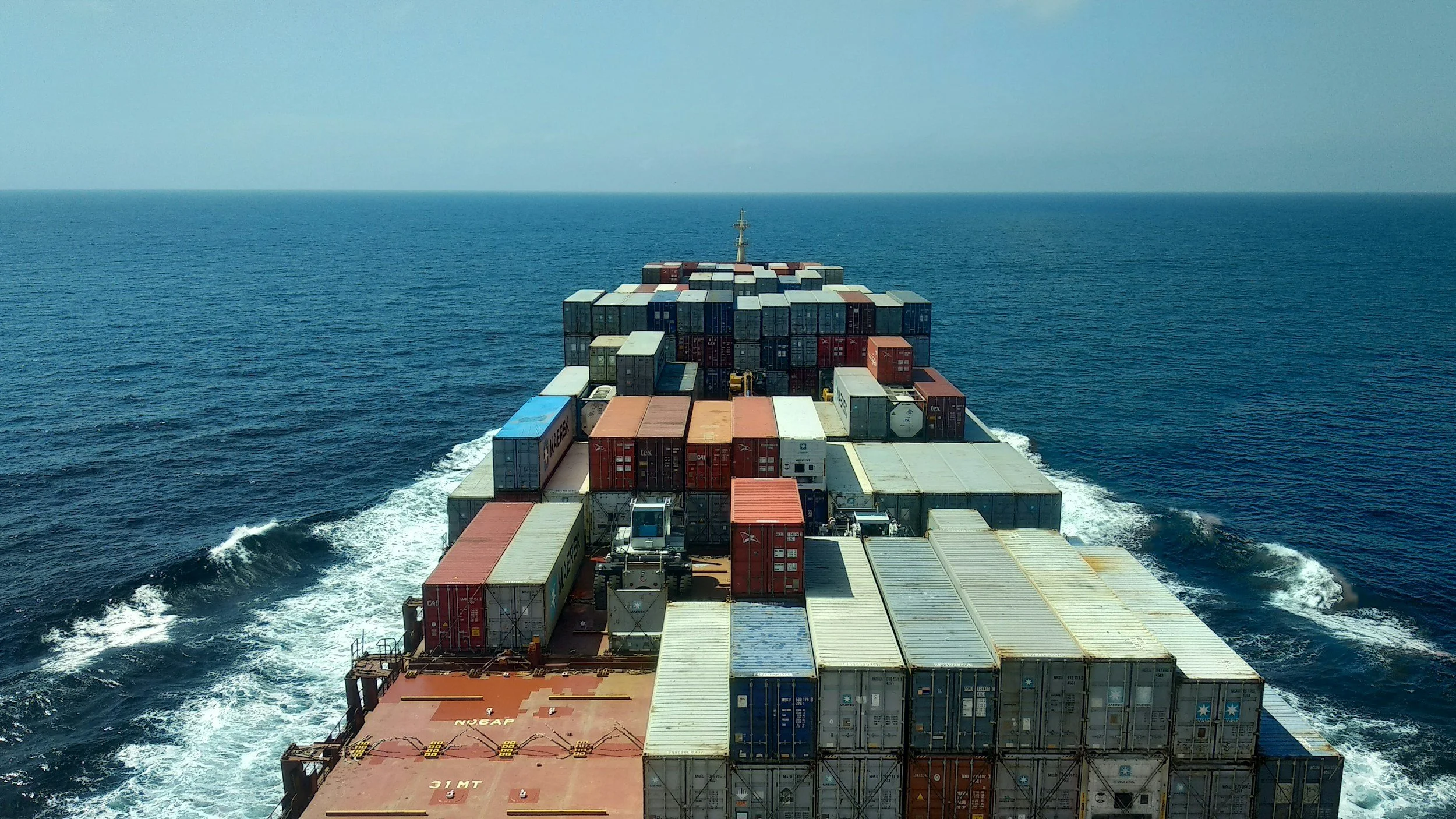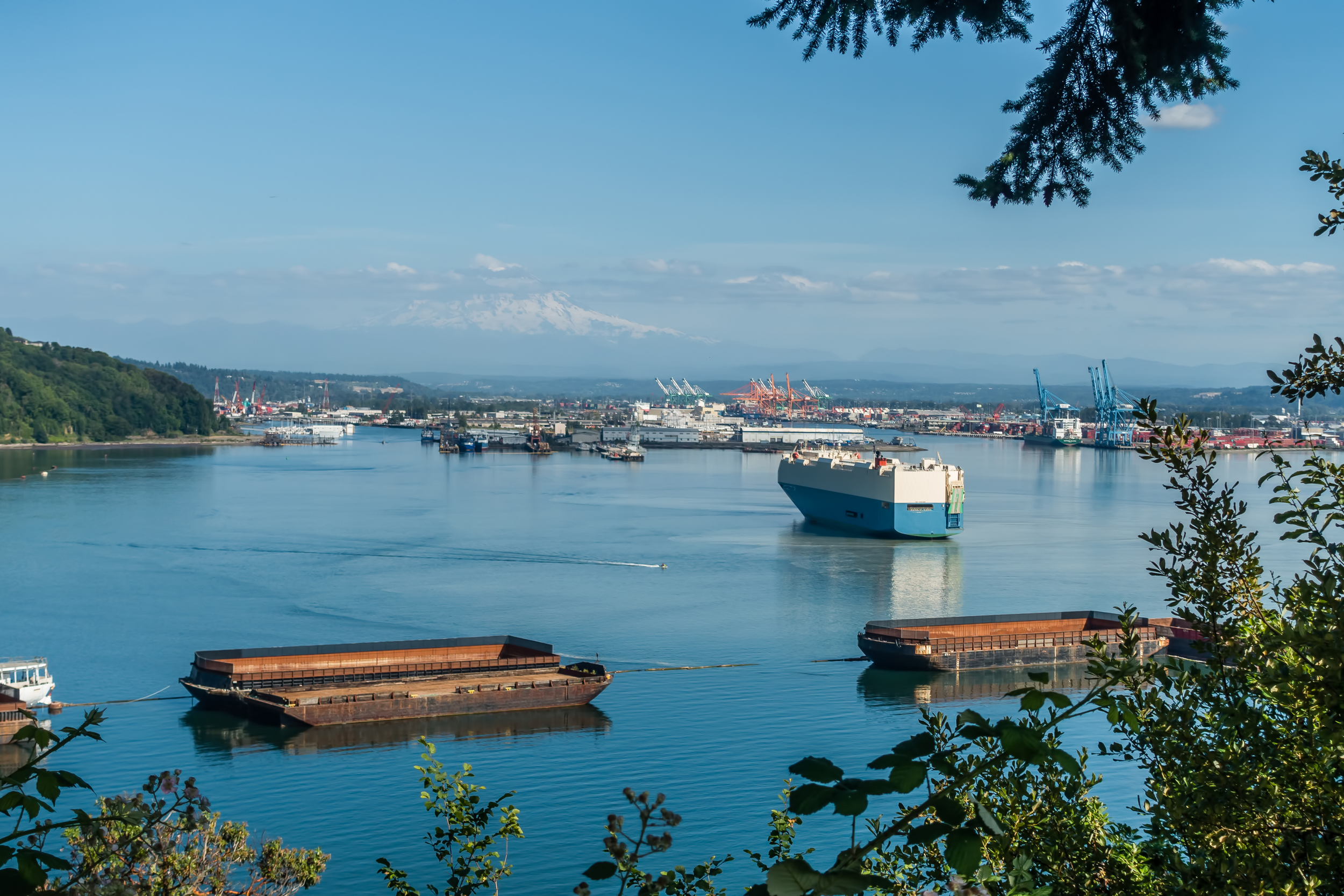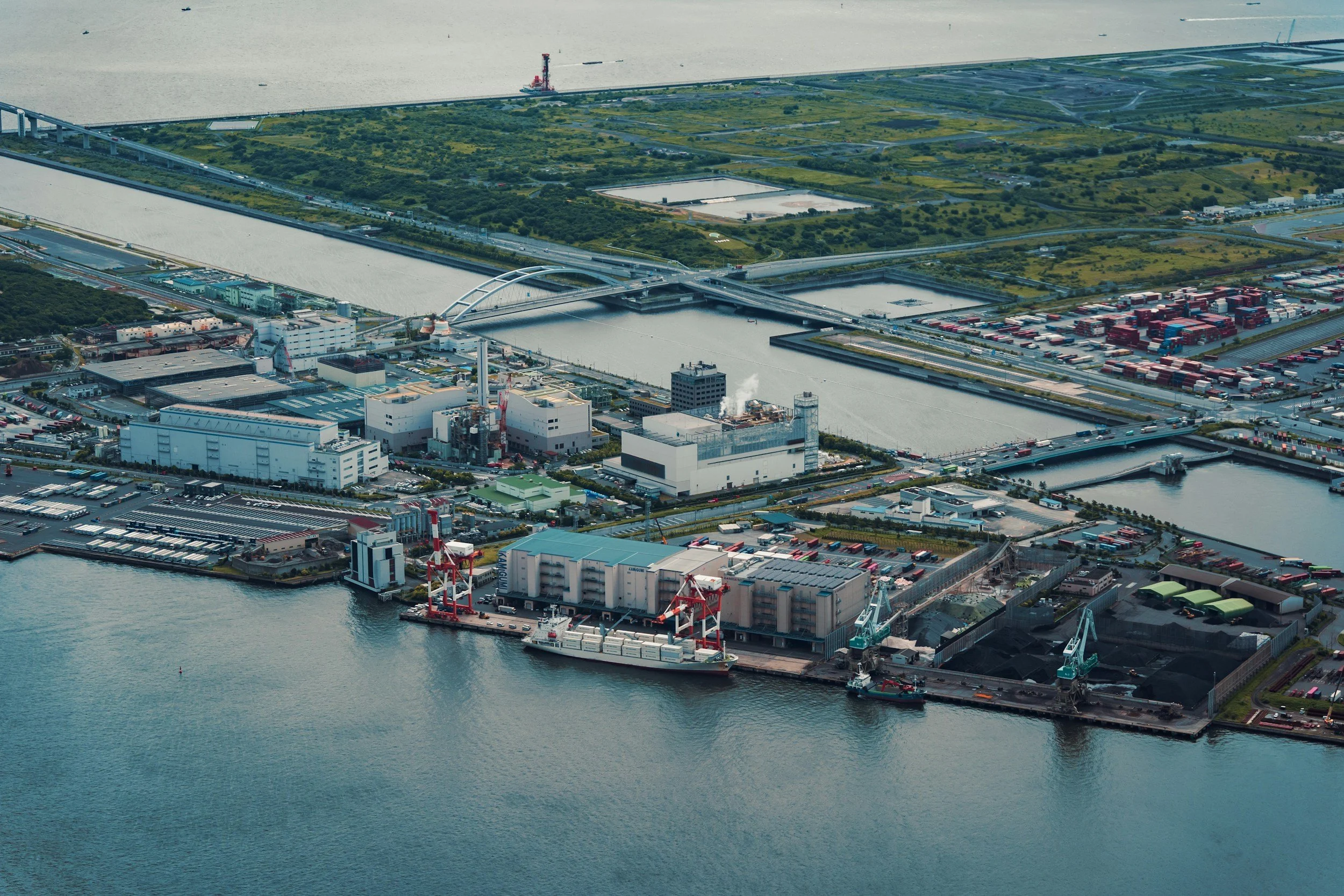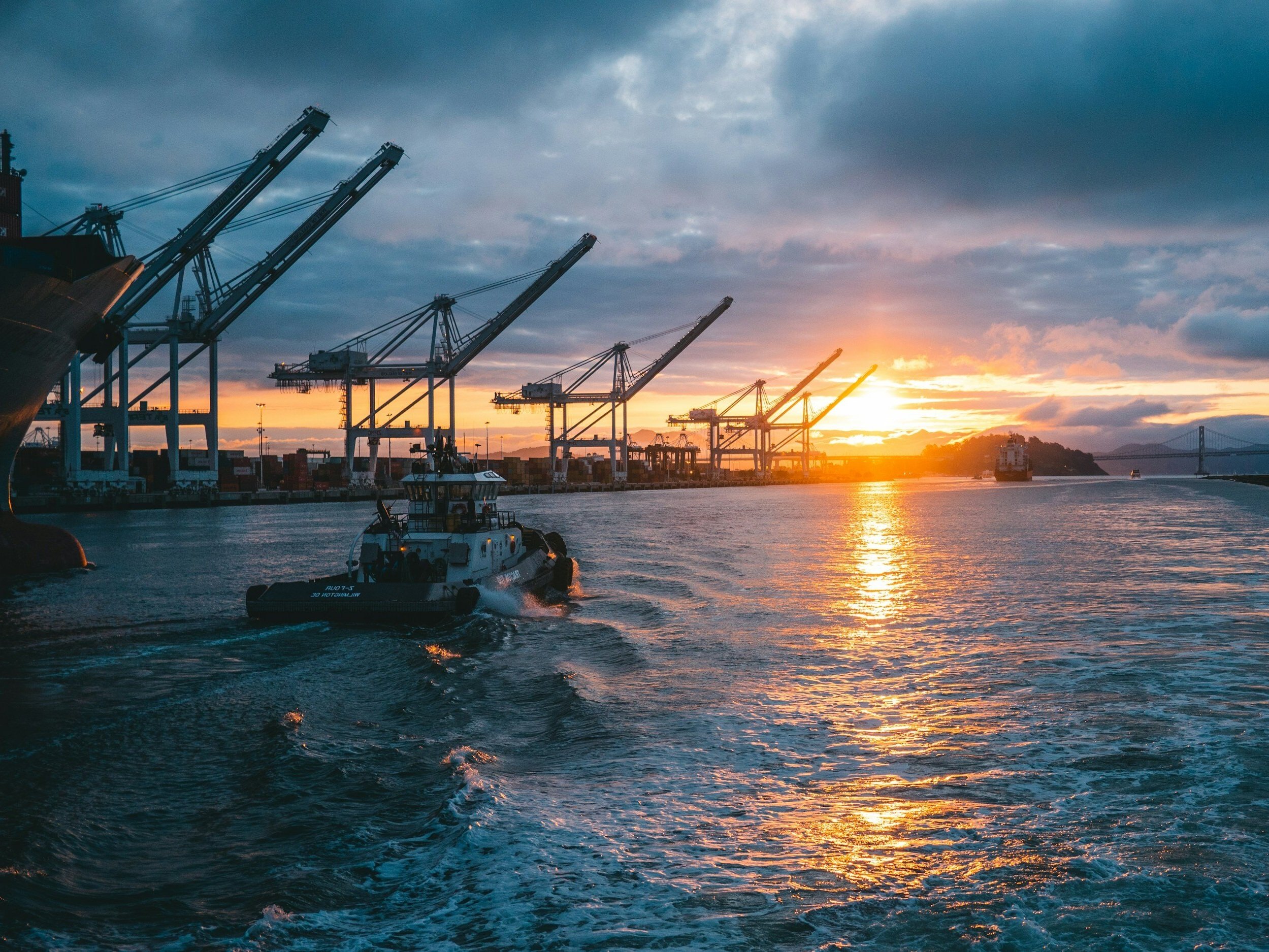
Maritime Insights
Explore a collection of articles, blogs topics, resources and more to stay informed on the goods movement sector.
Featured Posts
Thomas Jelenić, Vice President of PMSA
Southern California regulators are about to repeat the environmental policy mistakes California has made on grand scale. For decades, California was a leader in reducing pollution from mobile sources. It is important to stress the word “leader” here.
Normally, the Port of Los Angeles is the nation’s busiest container gateway. Still, from time to time, the Port of New York/New Jersey (PNYNJ) lays claim to the title, invariably causing the East Coast media to break out the celebratory sparklers. The contest for the nation’s top container port is typically framed in the media as a rivalry between PNYNJ and the Port of LA, the Yankees vs. the Dodgers, if you will.
On July 9, the National Retail Federation’s Global Port Tracker projected that 2.06 million TEUs laden with goods from abroad would arrive in June at the thirteen U.S. mainland ports it surveys.
John Wolfe, CEO for the Northwest Seaport Alliance
Recently the Ports of Seattle and Tacoma and the Northwest Seaport Alliance released a first of its kind collaborative effort to measure the statewide economic impact of our Puget Sound ports. From the airport, to our marine cargo gateway, from the fishing fleets to the ecosystem of industrial lands that support all our port’s activities, these ports have a regional to global impact.
Explore whether the U.S. West Coast’s share of container trade is declining, examining recent trends, stats, and implications for port competition.
Through the first five months of 2025, containerized export tonnage from U.S. West Coast ports to China and Hong Kong plunged by 42.1% from the same period a year earlier and by 61.4% from the same months in 2019.
Captain Mike Moore, Vice President of PMSA
Ports often assess performance by tracking cargo volume growth. While additional metrics exist, cargo reigns supreme. Container ports measure activity in terms of twenty-foot equivalent units (TEUs), categorized by imports, exports, and empties in both domestic and international trade.
Once upon a time, Japan was the primary overseas trading partner of the ports that now operate as the Northwest Seaport Alliance. Indeed, Japan was the leading U.S. trading partner for containerized cargo, according to a 1980 report from the U.S. Maritime Administration.
Jennifer Cohen, PMSA Vice President, Government Relations
PMSA has sponsored a bill for the past several years in the California state legislature to facilitate testing and piloting, at 100% private expense, of cargo handling equipment (CHE) technology that eliminates tailpipe greenhouse gas and diesel particulate matter emissions, and nearly eliminates nitrogen oxide emissions.
Exhibits 1-3 display the May TEU counts for the North American ports PMSA monitors. (Note that May figures for the Port of Baltimore were unavailable by our publication deadline.) At the remaining U.S. ports, the year’s fifth month saw the number of inbound loaded TEUs decline by 6.4% from a year earlier to 2,018,951 TEUs as confusion over tariffs prompted importers to slow the build-up of inventory.
Explore June 2025 dwell time data for the San Pedro Bay ports. Learn how improved rail and truck cargo movement at the Ports of LA and Long Beach reflects continued operational efficiency.
Mike Jacob, President
Examine how the South Coast Air Board’s proposed rule 2304 (ISR) acts as an indirect tax on consumers. This article analyzes regulation impacts, economic implications, and what maritime and logistics sectors need to know.
Discover the latest preliminary container volumes for May 2025, revealing emerging shifts in port trade dynamics. This update highlights trends across major West Coast, East Coast, Gulf, and Canadian ports, offering a snapshot of loaded and empty TEU activity.
Trace the journey of America’s favorite fruit—from tropical plantations to supermarket shelves. This article delves into banana production, shipping logistics, and trade dynamics shaping the fruit’s path to your grocery cart.
Explore West Coast tree nut exports in this data-rich analysis. From almonds and pistachios to walnuts, discover port-specific volumes, top global destinations, and how tariffs and logistics shape California’s vital agricultural trade.
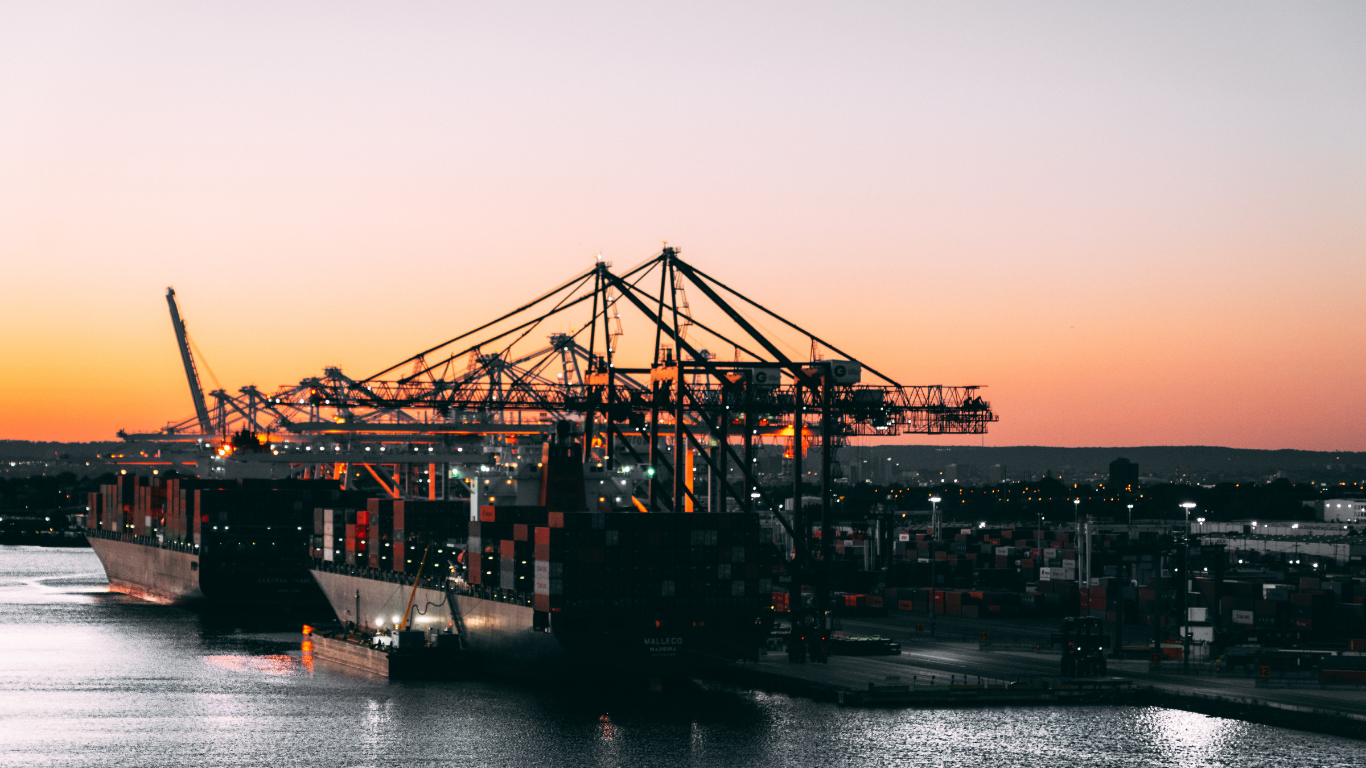
"Ports are the lifeblood of the West Coast economy, driving economic growth, creating thousands of jobs, and fostering global trade.”
— Mike Jacob, PMSA President

"The West Coast ports are gateways to global trade that are crucial for economic expansion and workforce stability.”
— Michele Grubbs, Vice President











